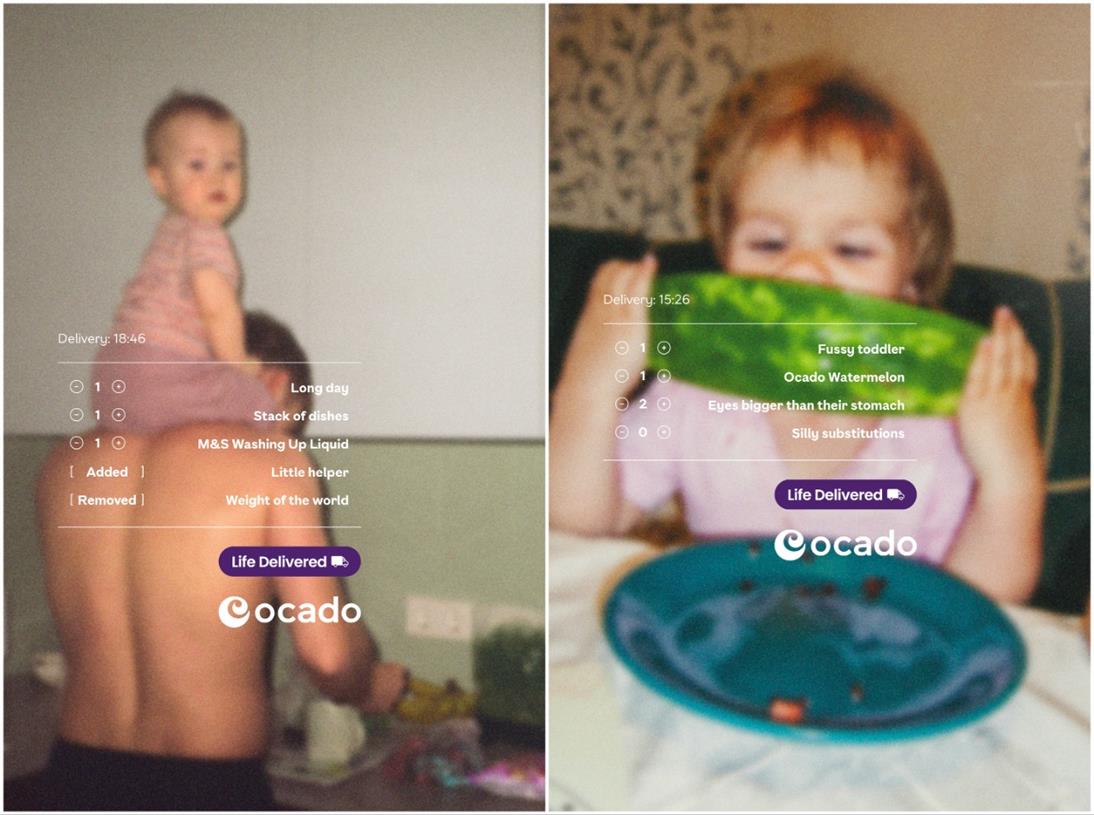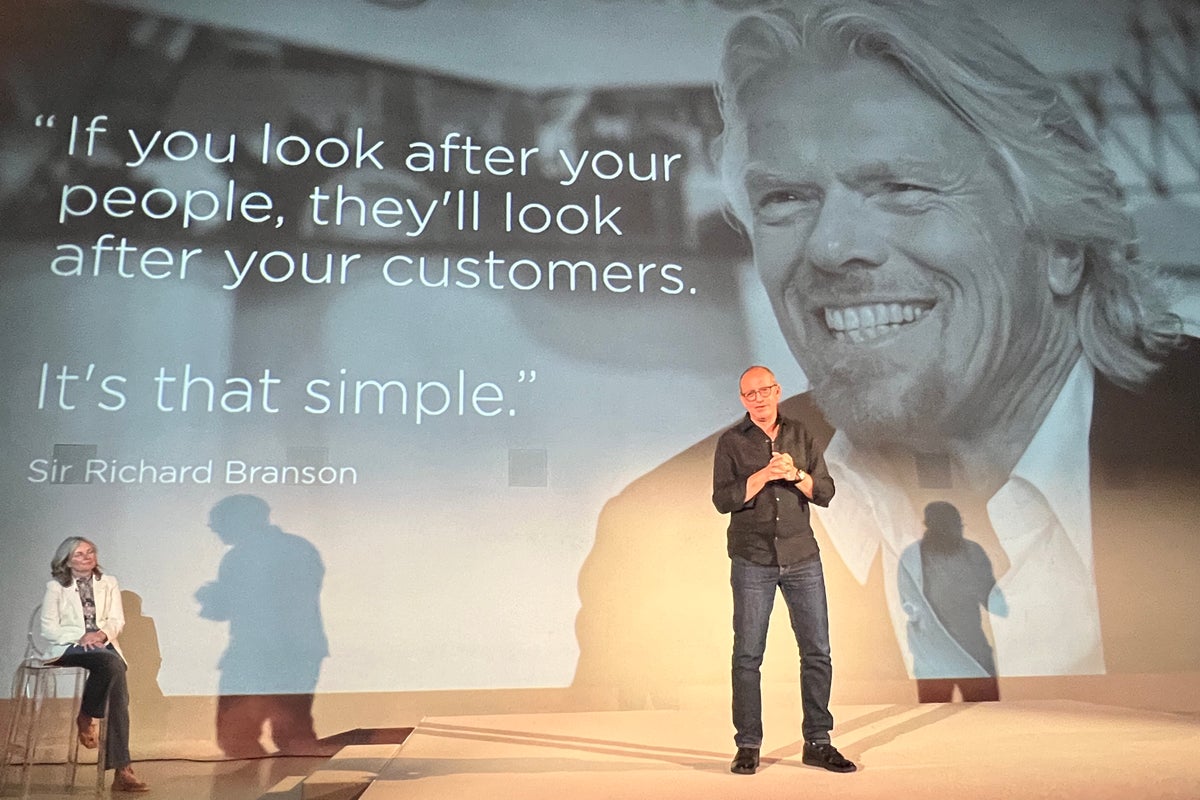Right Relationship: The Ninth Factor of the Path
The question isn’t whether we affect one another—we do. The question is how. The post Right Relationship: The Ninth Factor of the Path appeared first on Tricycle: The Buddhist Review.

When someone asked the Buddha what the essence of his teachings were, he responded that he only ever taught about suffering and the end of suffering. Summarized as the four noble truths, his teachings say that we create our own distress because of our endless wants. But we can just as well choose not to create that suffering by following the noble eightfold path, which includes eight areas of study and practice that cover all aspects of our lives. They are: right view, right thought, right speech, right action, right livelihood, right effort, right mindfulness, and right concentration. Here, “right” doesn’t oppose wrong in a moral sense but refers to what is right or correct or proper (Pali: samma) to ensure the end of our suffering.
Both the four noble truths and the noble eightfold path are familiar to anyone who’s spent even a short period of time studying Buddhism. But there’s another thread that runs through all four truths and, particularly, the eight factors of the path. It’s what we could call the ninth implicit factor: right relationship.
All of us are in constant relationship with others: our parents, children, lovers, friends, coworkers. Even when we’re alone, we’re in relationship with ourselves, with beings more than human, with objects of all kinds, and with the Earth, and depending on our level of awareness, we’ll relate with more or less skill, either birthing or ending suffering. Practicing right relationship can help us increase both our skill and awareness so that we can establish loving, fulfilling relationships based on kindness, clarity, and care.
We can define right relationship as the recognition of our interdependence or, as Thich Nhat Hanh called it, our “interbeing.” If we look closely at our lives, we’ll recognize that none of us can be ourselves by ourselves. None of us are—we, by necessity, inter-are. Every aspect of who I am–my hair color, the shape of my eyes, my love of chocolate chip cookies, my dislike of coconut, my interest in Buddhism, my passion for words, my dislike of crowds—every little detail that makes up who I am has been shaped by something or someone in my life, and it’s still being shaped, constantly. I am a continuous process of becoming, and so are you as well as everything around us. No one thing or being exists in isolation, just as no action stands on its own. The question isn’t whether we affect one another—we do. The question is how.
If we start with the premise that all eight factors of the path occur within relationship, then we can investigate how right relationship operates within each one. Applying the lens of right relationship can inform and enrich our practice of the other eight factors, beginning with right view, which the Buddha called “the precursor of the path.”
The traditional definition of right view is knowledge of the four noble truths, which helps us to first identify the problem of suffering, and second, to apply a solution. More broadly, we can think of right view as correct seeing—that is, seeing things as they are, not as we are.
Some time ago, a good friend was fired from her job at a special events company after she made a mistake in one of her projects. She’d been scheduled to run the operations for a big conference in another country months after the time she was fired. Her partner had also signed up for this event. When she was let go, my friend was told someone else would be running the event, and for reasons relating to the company’s policies, that she wouldn’t be able to attend that event even as a participant. She’d worked for this company for more than ten years and had become close with both her coworkers and her clients, so she was very upset by the sudden loss of work she loved, as well as the potential severing of professional relationships. The decision seemed extreme and unfair to her, and she was so unsettled that she didn’t know how to move forward.
Her friends rallied around her, assuring her that they too found the company’s response overly harsh. This helped to soften the blow a little, as did her spontaneous decision to book a vacation with her partner. Instead of staying home moping about the conference she’d miss, she and her partner could spend some time together, and she could use those few days to process and consider her next steps. Except her partner didn’t respond the way she expected. He was a bit aloof when she voiced her distress about losing her work and community, and after a few days’ reflection, let her know that he would still attend the conference. When my friend asked why, all he said was, “I planned on it.” Not understanding why he’d put his plans before hers, my friend was doubly upset. She felt unseen and unsupported—as if they were no longer in a relationship, she said—which made her feel yet another loss.
When she told me the story, it occurred to me that they were both having a hard time understanding one another, and more importantly, feeling what the other felt. Instead of seeing the situation in its entirety and with all its complexity, they were each seeing it through the filter of their own view. But if they could apply right relationship to right view, would they see the situation differently?
Let’s say that instead of proceeding from what he knew or thought he knew, my friend’s partner approached the situation with a question—something along the lines of: “it seems that it’s important to you that I cancel the conference; can you tell me more about why that is so I can better understand you?” A question like this would create an opening. It would immediately foreground their connection to one another and allow my friend to state her view. It would also make her feel that her partner was interested in her experience, that he was seeing her. He could then apply the same attitude of curiosity to his own view to tell her why it was important for him to honor his original commitment. Perhaps, to show his support in some other way, he could suggest that she go on vacation with a close friend—and maybe even offer to pay for it. Or maybe, after listening to her, he’d decide that it was more important to help her get through this challenging time and attend a similar conference in the future.
For her part, my friend could create space between her partner’s response and her hurt by asking why he thought it was important to attend the conference instead of accompanying her at a time when she felt alone and discouraged. Doing so after stating her needs would help her better understand his motivation (beyond his first superficial and perhaps defensive response). She could then decide perhaps that his answer had nothing to do with her but with his prior commitment, and instead plan their vacation to start after his return.
So much of our conflict comes from our misunderstandings or assumptions. Like the blind men in the famous parable of the blind men and the elephant, we assume we know based on a limited amount of information. A king brings an elephant before six blind men and asks them to describe the animal after touching only one part of its body. One of the men feels its head and concludes that an elephant is like a jar. Another touches its ear and says it’s unequivocally like a winnowing basket. A third runs his hand over its tusk and says it’s like a plowshare, and so on. Having a limited view, the blind men come to the wrong conclusion, confusing a slice of reality for the whole.
Right relationship applied to right view would remind my friend and her partner that there are two people involved in the situation, each with slightly or very different views, and that they affect one another. By taking right relationship as the basis for their dialogue, they might feel more connected, more in tune with their own and the other’s wishes, and more respectful of them. Through this process, they can then make their choices from within their relationship—even if in the end they agree to disagree.
The Buddha said that right view is like sugarcane, a grape seed, or a grain of rice that, when planted in moist soil, grows sweet and delightful, agreeable and pleasing. Right relationship is that moist soil from which right view draws its sustenance. It’s the rich ground that nurtures our view of things as they are so we can enjoy the fruits of our actions and our connections to one another, both in this moment and for many years to come.
♦
Excerpted from a book in progress called LOVE: The Practice of Right Relationship.

 BigThink
BigThink 































